Search Images
Browse Content (p. 585)
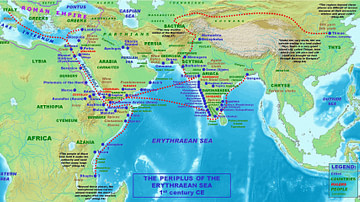
Image
Periplus of the Erythreaen Sea
Trade routes of the ancient Romans to Africa and India as described in the 1st-century CE Periplus of the Erythreaen Sea.
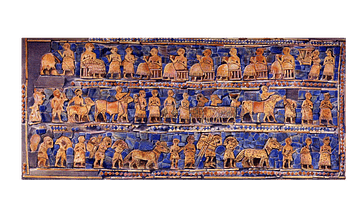
Image
Reverse Side, Standard of Ur
The Standard of Ur is a (reconstructed) hollow box and its precise purpose is unknown. The scenes are made using a mosaic of lapis lazuli, red limestone, and shell. This reverse side shows men bringing animals as tribute or war booty while...

Image
Map of the Cities Named Alexandria by Alexander the Great
This map illustrates the network of cities founded, renamed, or reorganized by Alexander The Great (Alexander III of Macedon, reigned 336–323 BCE) during his campaigns across the Near East, Central Asia, and the Indian subcontinent. As part...

Image
Garden of the Fullonica of Stephanus
The garden area of the Fullonica of Stephanus, which had been converted to the drying area of the laundry, Pompeii.
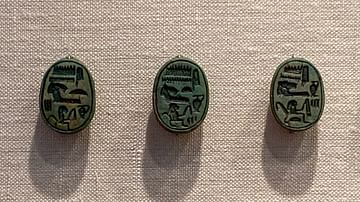
Image
Scarabs of Hatshepsut
Scarabs of Hatshepsut (r. 1479-1458 BCE), 18th Dynasty, New Kingdom of Egypt. Metropolitan Museum of Art, New York. The Metropolitan Museum of Art was an integral part of the excavations of Hatshepsut's temple at Deir al-Bahri. During the...

Image
Philosophy Presenting the Seven Liberal Arts to Boethius
Anicius Manlius Severinus Boethius (c. 475-525 CE) is depicted on the far left. An allegory of Philosophy presents to him the allegories of the Seven Liberal Arts dressed in 15th century clothing, each holding a symbol of their subject; from...
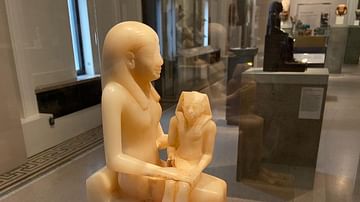
Image
Queen Ankhnes-meryre II & Pharaoh Pepi II
This alabaster statue of Pharaoh Pepi II (2284 - c. 2216 BCE) and his mother, is one of the more famous representations of the two because the statue technically has two “front” sides. By placing Pepi II and his mother in opposite directions...
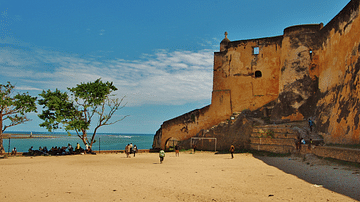
Image
Fort Jesus, Mombasa
Fort Jesus, Mombasa, Kenya. The fort was built in 1593 when Mombasa and other parts of the Swahili Coast were part of the Portuguese Empire.
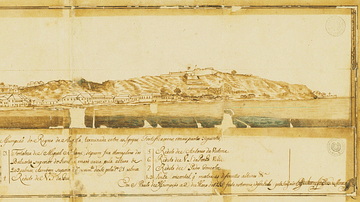
Image
Luanda in the 18th Century
A 1755 illustration of the port of Luanda, capital of the colony of Portuguese Angola and capital of today's Angola. Luanda was one of the major points of assembly for African slaves destined for the Americas.
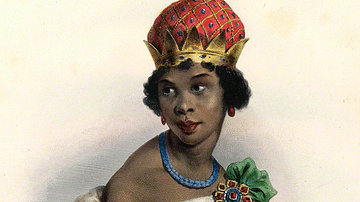
Image
Queen Nzinga of Matamba
A 19th-century illustration by Achille Devéria of Queen Nzinga (aka Zingha) of Matamba (l. c. 1583-1663), a kingdom which ruled in what is today Angola. (National Portrait Gallery, London)